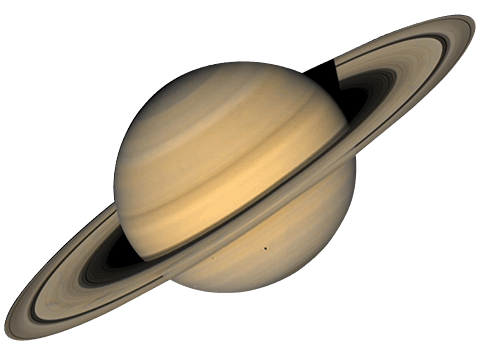My Research
Welcome to my research page! Here, you'll find summaries of my astrophysics research, projects, and publications.
🔭 Project 1: Molten Rocky Exoplanet Interiors
I began research with Dr. Aguichine, a Postdoctorate working under Professor Natalie Batalha. Dr. Aguichine's project focuses on developing a theoretical temperature model for exoplanets with molten interiors, exploring how different equations of state (EOS) affect the thermal dynamics within these planets. My role in this research involved actively assisting Dr. Aguichine with his upcoming paper and project. Specifically, I was responsible for manipulating and improving the data integrated into his Python-based models. The goal was to investigate how adjustments in the data or equations of state could change the theoretical temperature model of smaller planets, and to understand the implications for larger, high-mass exoplanets. These models are crucial for predicting how internal heat and molten dynamics influence the surface conditions, atmosphere, and potential habitability of these distant worlds. A significant part of the research involved continuous improvements to the smaller-scale temperature model. My tasks included refining the input parameters and algorithms, ensuring that the model could be scaled and extrapolated to apply to larger exoplanets. This required an understanding of planetary science, thermodynamics, and Python programming, as well as a careful analysis of how the equations of state impacted temperature distribution within exoplanets' interiors. Our long-term objective was to make more accurate predictions for high-mass exoplanets, particularly those that may be observed by next-generation space telescopes, like the James Webb Space Telescope (JWST) and the Hubble Space Telescope. Dr. Aguichine and I aimed to improve the model’s accuracy so that it could be compared against data already collected from these telescopes, helping to validate or refine current theoretical models of exoplanetary interiors and atmospheres.
🪐 Project 2: Lunar Magnetic Field Analysis
While working under the guidance of Professor Nimmo, I was tasked with digitizing and analyzing lunar magnetic field data. The primary focus was on the paper titled “Magnetic Field in Le Monnier Bay According to Data of Lunokhod 2” by Sh. Sh. Dolginov, Ye. G. Yeroshenko, L. N. Zhuzgov, and V. A. Sharova. This paper provided magnetic field measurements recorded by the Lunokhod 2 rover during its exploration of the lunar surface, particularly in Le Monnier Bay. I manually outlined the magnetic field lines from the paper’s figures, documenting the changes in magnetic field strength and direction as recorded by the rover. After this meticulous manual process, I digitized the field lines using software tools, translating the hand-drawn diagrams into data points that could be further manipulated and analyzed computationally. Once digitized, I assigned a physical scale to these magnetic field lines, allowing for the conversion of the raw data into meaningful real-world measurements. Using Python, I then extrapolated these values to match the lunar geography, aligning the magnetic field data with the actual coordinates and travel path of the Lunokhod 2 rover. This required precise calibration of the data to fit the scale of the lunar terrain, taking into account the rover's movement and the magnetic field’s behavior in relation to lunar features.
📄 Publications & Presentations
- Coming Soon: Peer-reviewed article on interior structure modeling of rocky molten exoplanets (in prep)
- Title: Thermal effects on the bulk density of rocky planets: the Earth-like composition band.
 Back to Lily's Universe
Back to Lily's Universe